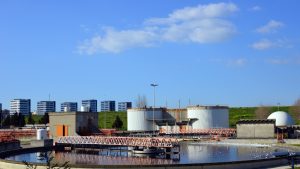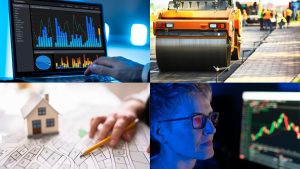As you are aware a dam is a structure built across a stream or river to hold water back. The purpose of the dam ranges from storing water and controlling flooding to helping electricity generation etc. Due to its complex nature, dams need to be managed with lots of care and utilising various protection strategies. For dam management, technology is not an option, but it is a necessity for sure. High-powered technologies such as the ‘Internet-of-Things’ or IoT can contribute to handling those chores well when integrated with other robust solutions such as data analytics and sensors.
In this article, we are going to dive into ‘IoT Technology’ along with its applications in dam management to solve the major challenges faced by the authorities who handle dams in Australia.
What Does It Refer to 'Internet-of-Things'?
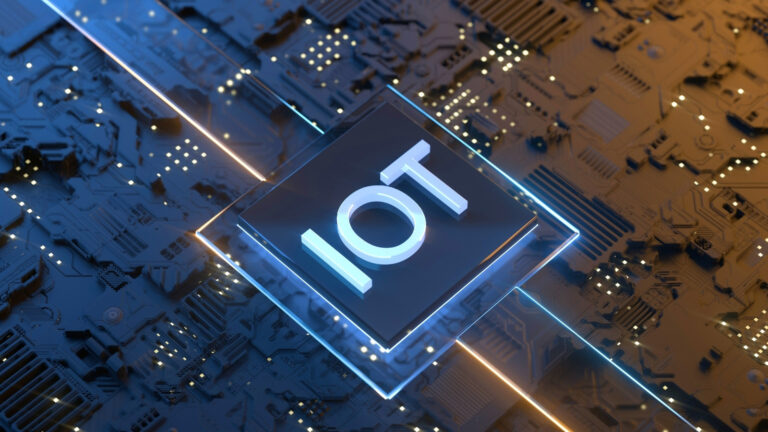
IoT technology refers to real-world devices that have sensors and actuators integrated into them and can connect to computing systems across wired or wireless networks to monitor or even manage the physical environment. These items facilitate information exchange across the internet between them and other items and systems. Consider it as a large group of interconnected devices, such as a wristwatch or phone talking to the lights or the refrigerator.
If simplified, device collaboration, communication with the internet, and cross-device communication are all made achievable by this technology. It resembles a highly interconnected network of entities that all exchange knowledge and support one another.
Main Challenges in Dam Management
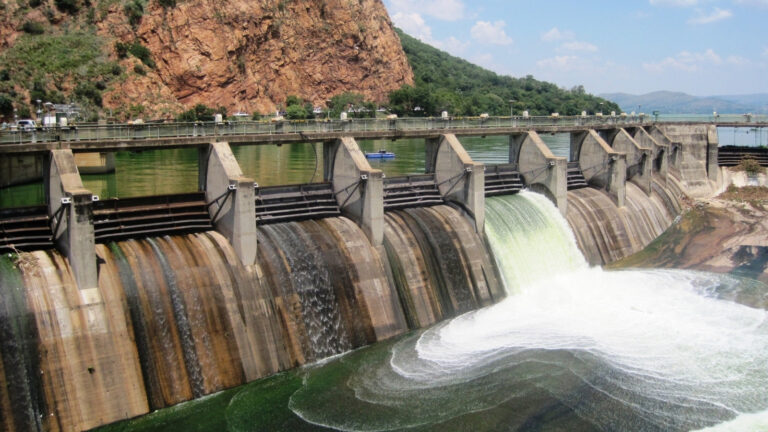
Aging Infrastructure and Maintenance
In Australia, Many dams need a lot of upkeep to remain sturdy and secure as they become older. This presents a significant management difficulty for dams. Since these dams have been in place for a long time, they frequently require maintenance and upgrading. It might be challenging and expensive to keep them functioning. Finding out how much they have worn out or what has to be fixed is difficult, which is the challenge.
It involves figuring out what is wrong, making a plan for how to fix it, and keeping a check on things to make sure they do not break dangerously. This is important to avoid extremely awful incidents arising.
Safety and Risk Management
Since dams are constructed to regulate water and prevent flooding, safety, and risk management in dam maintenance provide significant challenges. They can be harmful, though, if not treated properly. This is when it becomes complicated. Authorities in charge of managing dams must thoroughly research and comprehend the risks involved. This involves thinking about the potential for failure as well as the consequences of such a failure.
They have to come up with plans to stop these failures and lower the risks. This is very significant because if a dam breaks it could result in damage to the people, structures, and environment below. In areas where there is a significant likelihood of natural disasters like earthquakes or torrential rain, this problem is significantly harder to solve.
Data Management and Monitoring
Dam management data management and monitoring can be challenging for several key reasons. Authorities require a lot of accurate and up-to-date information regarding how dams are doing in order to properly maintain them. They have to collect information regarding their structure, the water in the area, and their environmental effect. But as you can see it is not an easy task.
It might seem like a complicated riddle since there is so much data to manage. Also, managers must ensure that the data is accurate and clear. It becomes much more complicated when sophisticated tools like sensors, remote monitoring, and intelligent forecasts are implemented. How can they collect unified data through all these tools? That is the challenge here. Even if it is challenging, it is crucial to do this task since it enables management to make wise decisions and identify issues before they worsen.
This is How IoT Becomes the Best Solution in Dam Management
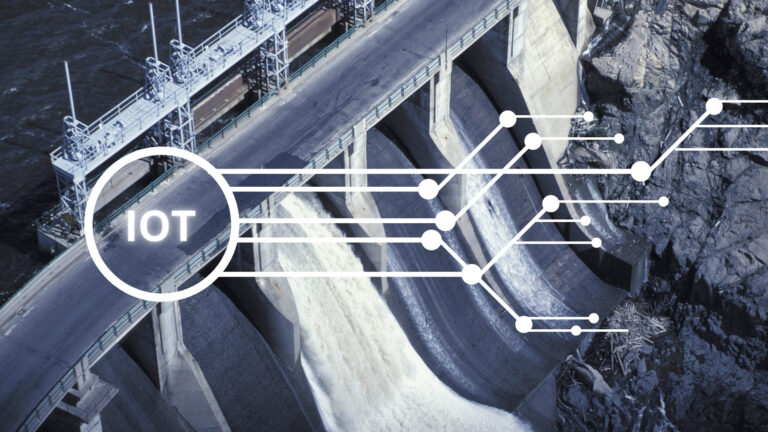
Remote Monitoring
IoT sensors could be strategically positioned throughout a dam’s architecture to detect a variety of elements, including water levels, temperature, pressure, and structural vibrations. This constant stream of real-time data becomes essential because it enables engineers to thoroughly assess the dam’s integrity and quickly identify possible issues.
This investigation could be done remotely, which eliminates the need for technicians to be on-site, which is an outstanding benefit. This increases effectiveness while reducing dangers related to on-site examinations. IoT sensors essentially take on the role of watchful eyes, monitoring the health of the dam and enabling swift modifications to maintain its stability.
Providing Early Warnings
IoT sensors are necessary for delivering early alerts and spotting anomalies or deviations from regular operating procedures. Once these variations are located, automatic notifications are immediately sent to the appropriate employees, giving them the knowledge they need to act quickly and avert possible failures or tragedies.
Real-time data analysis enables this preventative system, which is crucial for preserving operational stability and safety. It helps employees deal with problems in a proactive manner, ensuring that all risks are handled before they become more serious.
Offering Predictions for Maintenance
IoT systems can forecast when certain dam components would need repair or replacement by gathering and analysing data about factors like vibrations, corrosion rates, as well as environmental conditions. This predictive technology successfully reduces operating pauses, increases asset longevity, and lowers maintenance costs.
Technicians can proactively plan upkeep initiatives, prevent unexpected breakdowns, and maximise resource usage by utilising data from continuous monitoring. This proactive strategy significantly improves the effectiveness of dam management, assuring continuous operation and supporting asset sustainability.
Tracking Environmental Aspects
IoT sensors are excellent at measuring changes in the downstream ecosystems, the buildup of silt, and other environmental aspects that are essential for accurate tracking. Dam administration can utilise this information to make smart choices, reduce harmful environmental effects, and guarantee compliance with rules.
Implementing steps to maintain a balanced ecosystem is made easier by the capacity to measure changes in environmental circumstances and water quality. Decision-makers will proactively protect ecological integrity, comply with regulatory requirements, and promote appropriate dam management methods that are friendly to the environment by utilising these real-time insights.
Monitor Climate Changes
IoT-enabled devices have become crucial for monitoring rainfall, river flow, and reservoir water levels. This information is essential for improving water management, preventing flooding, and modifying dam operations in response to changing climatic circumstances. Stakeholders gain useful information for making wise decisions by regularly monitoring these factors.
These understandings enable preventative actions to effectively manage water supplies, reducing possible risks associated with flooding. Also, the capacity to modify dam operations in response to changing hydrological dynamics enables a healthy balance between water use and environmental considerations.
Real-Time Analysis for Decision Making
Advanced analytics technologies are utilised to analyse the data that IoT devices collect. This makes it possible for the dam management and engineers to decide with reliability on operating modifications, maintenance priorities, and long-term plans.
With this data-driven approach, decision-making processes are more effective and efficient, resulting in optimal dam performance, risk mitigation, and long-term sustainable planning.
From Safeguarded Dams to Protected Tomorrow
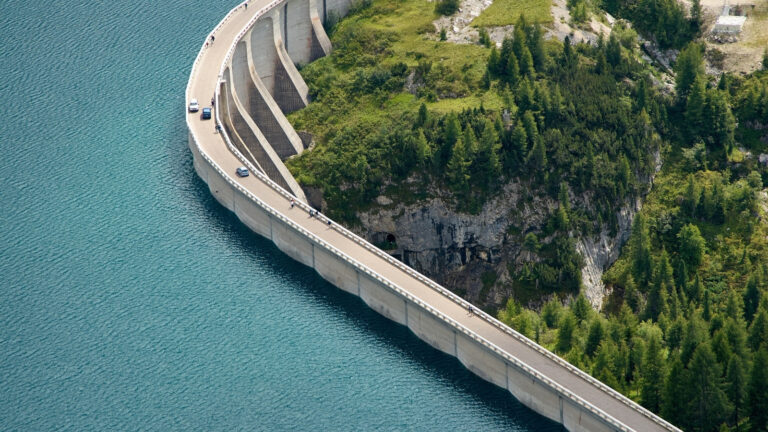
Now you understand the importance of implementing high-level technology in a complex operational background such as dam management. By walking away from traditional methods and tightly holding hands with these software solutions the workflow runs smoothly without causing errors and accidents. No matter what the industry is, technology is a powerful way of handling things conveniently.


